‘They had no choice’
by Evelyn McKechnie
The greatness of a nation and its moral progress can be judged by the way its animals are treated –
Mohandas Gandhi
Peronne, a lovely town on the Somme in France, with ancient ramparts and lagoon, played host to an excellent exhibition on animals in the Great War a few years back. I was lucky enough to get behind the scenes and spoke with Frederick Hadley, the conservation attaché of the museum – the wonderful Historial.
The free exhibition in the Historial de la Grande Guerre concentrated on the role of animals of the Great War. There have always been animal exhibits included in the outstanding permanent museum but this was the first separate exhibition concentrating solely on the role of animals in the Great War. It showed what animals gave to soldiers in the way of companionship, food and of support.
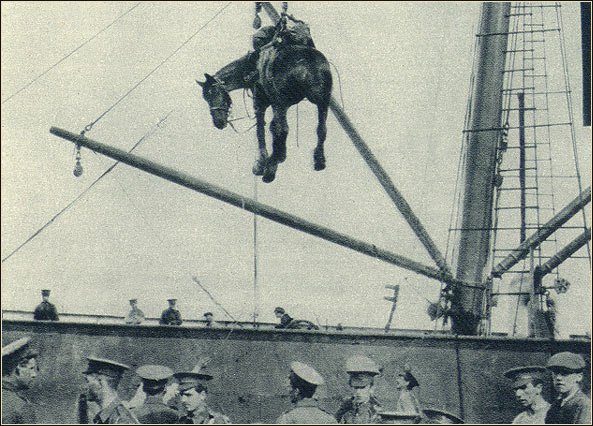
Image from ‘Illustrated War News’, 26 August 1914. [National Library of Scotland reference: T.259.g]
Frederick Hadley, the conservation attaché of the museum, explained the exhibition took three years to plan. 90% of the museum’s exhibits were already in storage and 10% were borrowed including the miniature replica of the statue of the beautiful horse and soldier located at Chipilly on the Somme.

The full-scale memorial is very poignant and touching. It shows the anguish of a soldier with his last embrace to his dying horse.
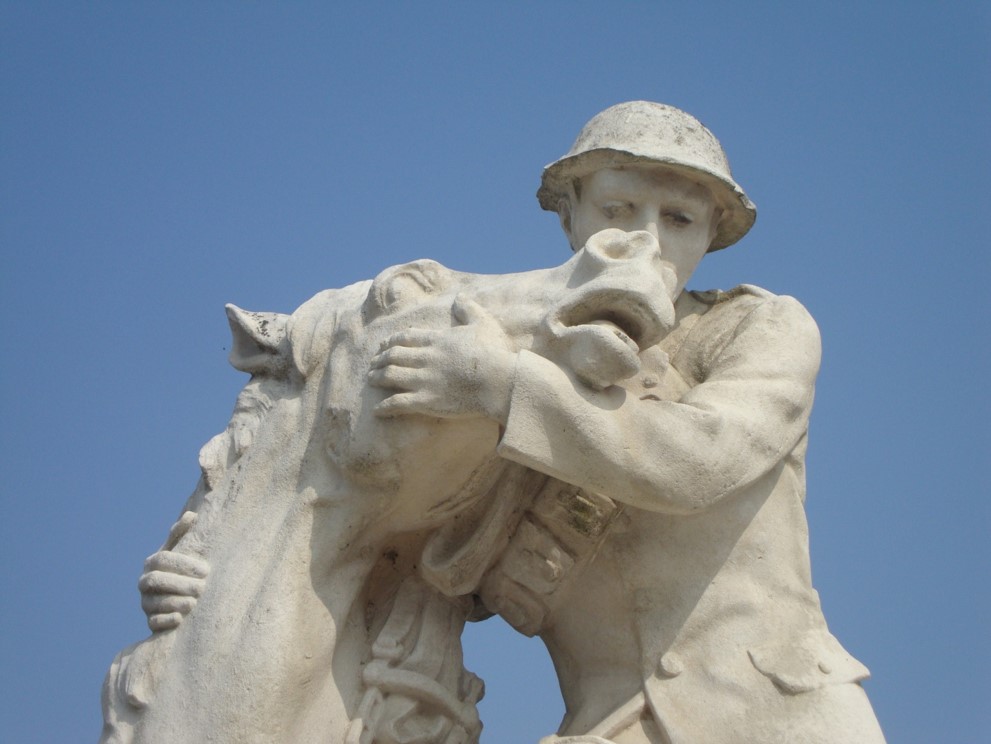
It is estimated that over 8 million horses and served in the Great War from all sides. Britain sent over a million horses, and it is estimated that 484,000 horses perished, one horse for every two men who died. Just over 65,000 horses survived to return to Britain. The rest were sold off to French and Belgian butchers, having survived the odds and only to be slaughtered for food.
There is a very sad picture of horses being butchered in a row with live horses standing by watching, and must have known they were next in line. The cruelty is beyond belief. Of the 136,000 horses that came from Australia, only one called Sandy made it back.
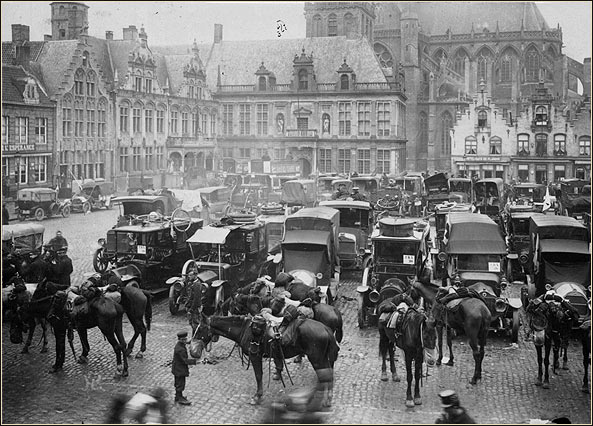
Millions of animals joined the millions of men and were used to various ends but the presence of certain creatures rendered life quite unbearable for the combating soldiers: rats plagued them, as did fleas and lice.
The First World War is viewed as a period which saw major technological advances. There was an incredible acceleration towards modern warfare but alongside this advancement was the role of the animal which played varying roles in the war.

[National Library of Scotland reference: I T.259.g]
Frederick explained, “Animals were used for food, clothing, mascots, transport, propaganda, helping the wounded, carrying messages, canaries were used to check out the tunneling mines for gas, almost any use at all for an animal was adopted by all sides.”

Frederick continued, “Images of animals were used during the war to promote all sorts of propaganda to the public and this happened with the Germans and the British.”
Posters portrayed strong hatred of the enemy whether they were British or German and invariably many of these posters showed animals.

Donkeys were very surefooted among the debris and shell holes and they were used mostly at the front line, hauling shells and rations up to the soldiers in the trenches. Donkeys and mules were invaluable in the slippy, muddy terrain and they served in their millions.
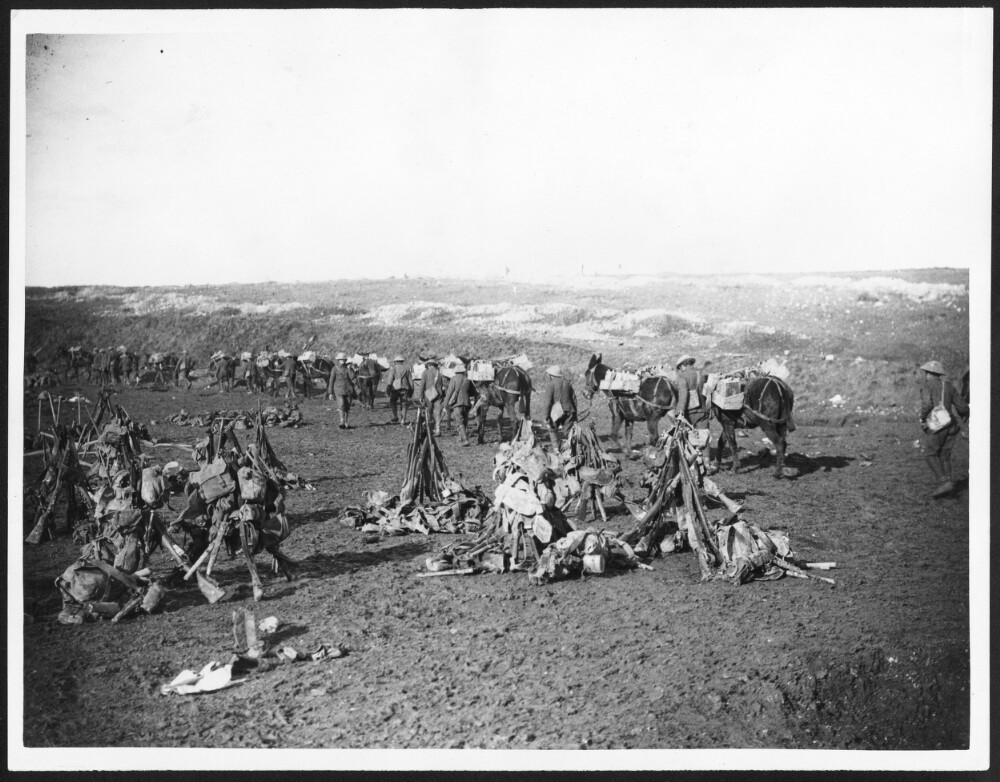
Frederick explained that another role for animals was that of a mascot. He said, “This could be anything from kangaroos to kittens, cats, dogs and goats to all manner of animals being adopted as mascots by the soldiers. They lifted the soldiers’ spirits and they came in all shapes and sizes. Many soldiers became very attached to their mascots. The French had more individual mascots whereas the British had more regimental ones.”

Dogs were trained before going to the front line by the Red Cross and one of the posters featured in the exhibition is a Red Cross dog encouraging people to join the organisation.

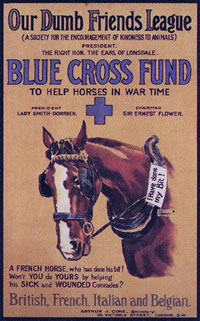
Some bloodhounds were trained to seek out injured soldiers lying out in no man’s land. They were used as messengers, carrying medical supplies, carrying refugees in dog carts, and in the case of the Belgians, they used dogs in harnesses to pull their machine guns.
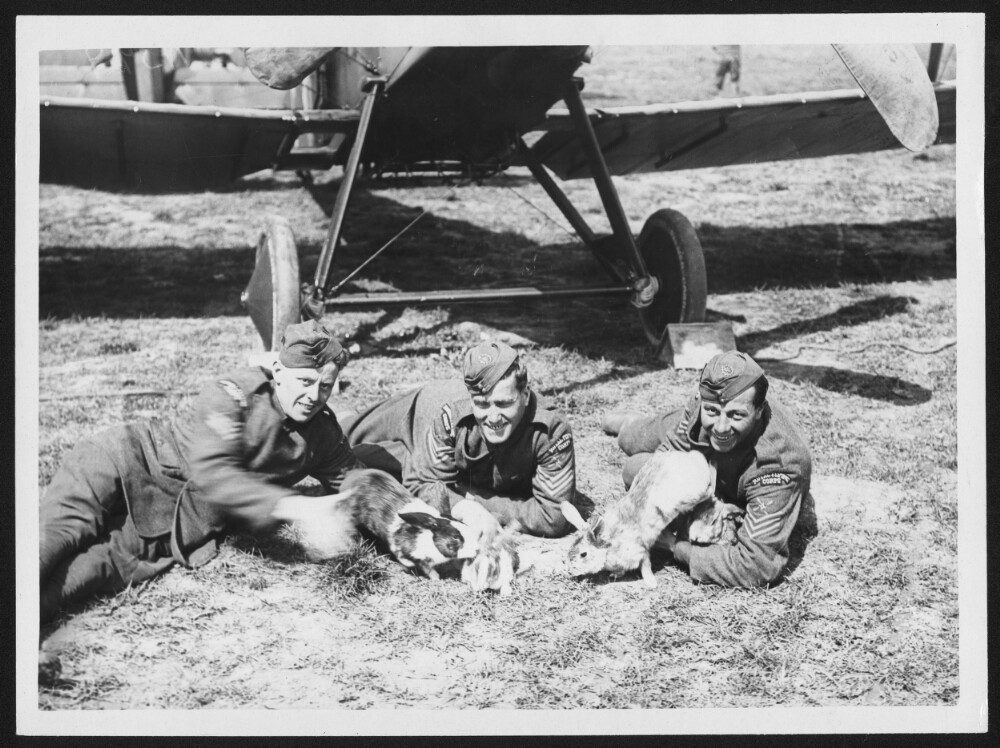
Some dogs were also used around no man’s land to carry copper telephone wire strapped to their backs on rolls. Frederick said this was very dangerous and often these dogs would not survive long.
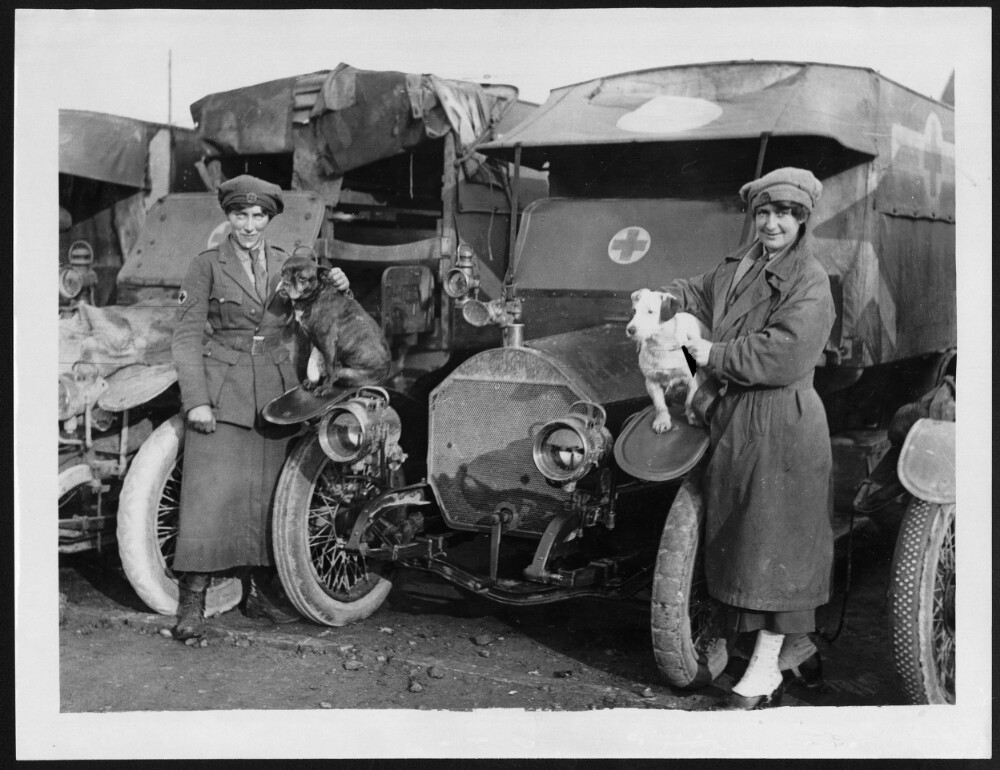
Cats were kept in the trenches to try and eradicate the hordes of rats that plagued the troops but thousands would die each day due to gas and the shelling.

Although the Great War saw the demise of modern cavalry, the horse was used as a beast of burden in hauling the gun carriages, water barrels, etc. Many officers grew so attached to their horses and if they survived the war, many had to pay to bring them back home.
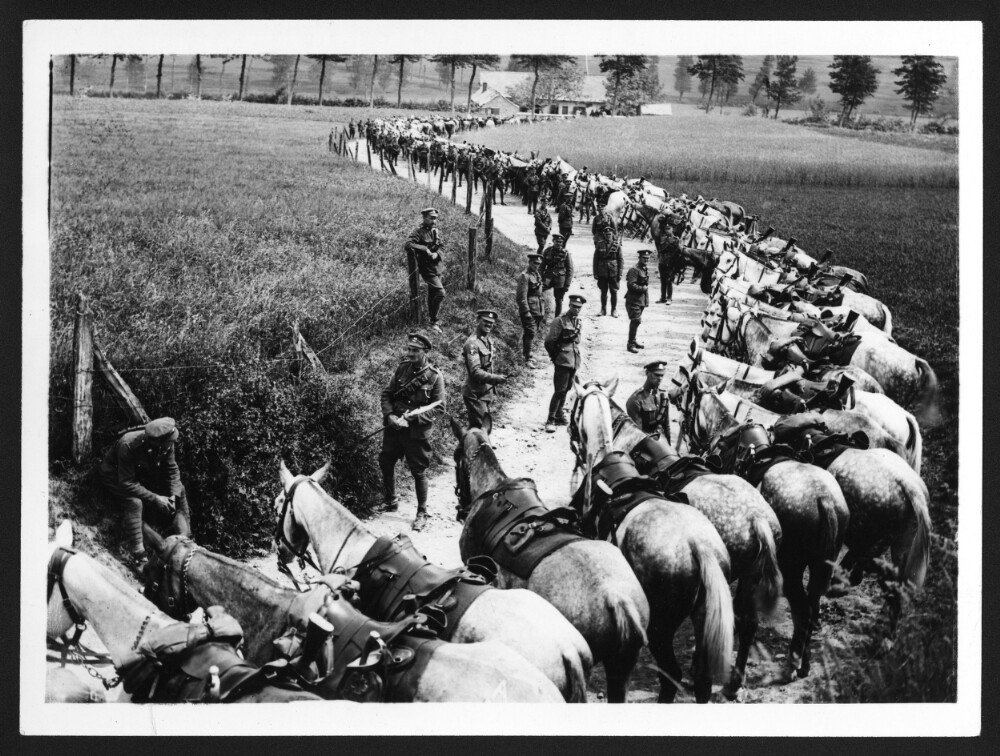
It is estimated that some eight million horses, mules and donkeys were killed during the Great War, lying dead and bloated at the side of roads after being hit by shelling.
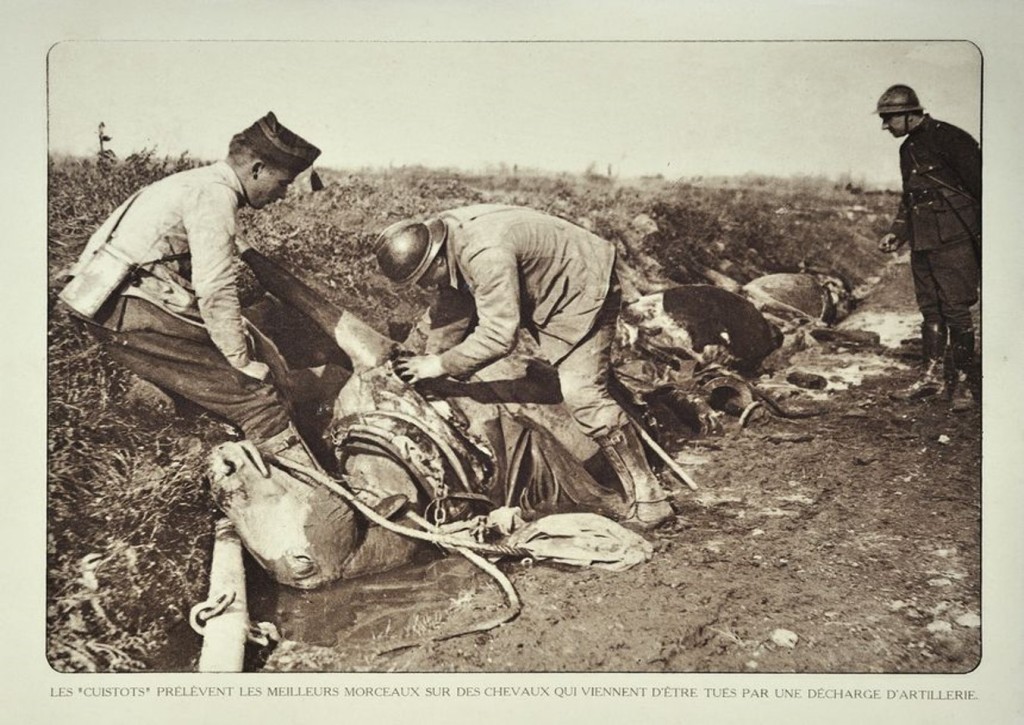
Many animals died after being sick or wounded, some starved or were slaughtered. They had no choice in serving.
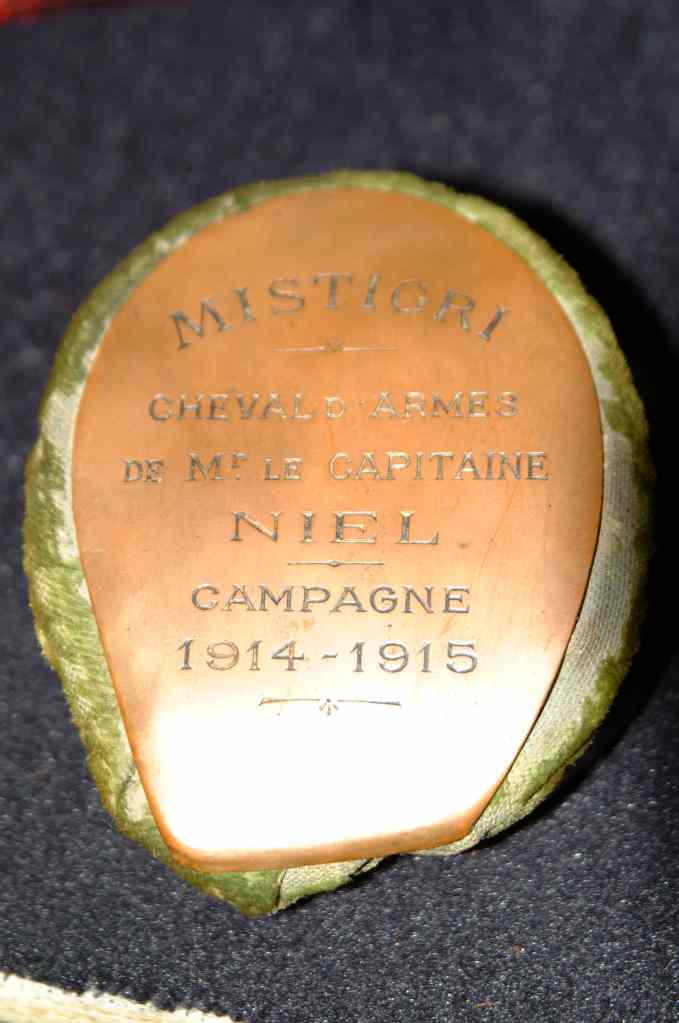
Some of the monumental sacrifices by animals have gone unnoticed and just a few have memorials. At Couin on the Somme, there is a sign painted in white letters on a brick wall which points British carts to a nearby water supply for their horses.

The sign was painted by British soldiers in 1916 and in 2004 the wall was restored. This was dedicated as a permanent memorial to the millions of animals who were killed or injured during the Great War and of those wars that followed.
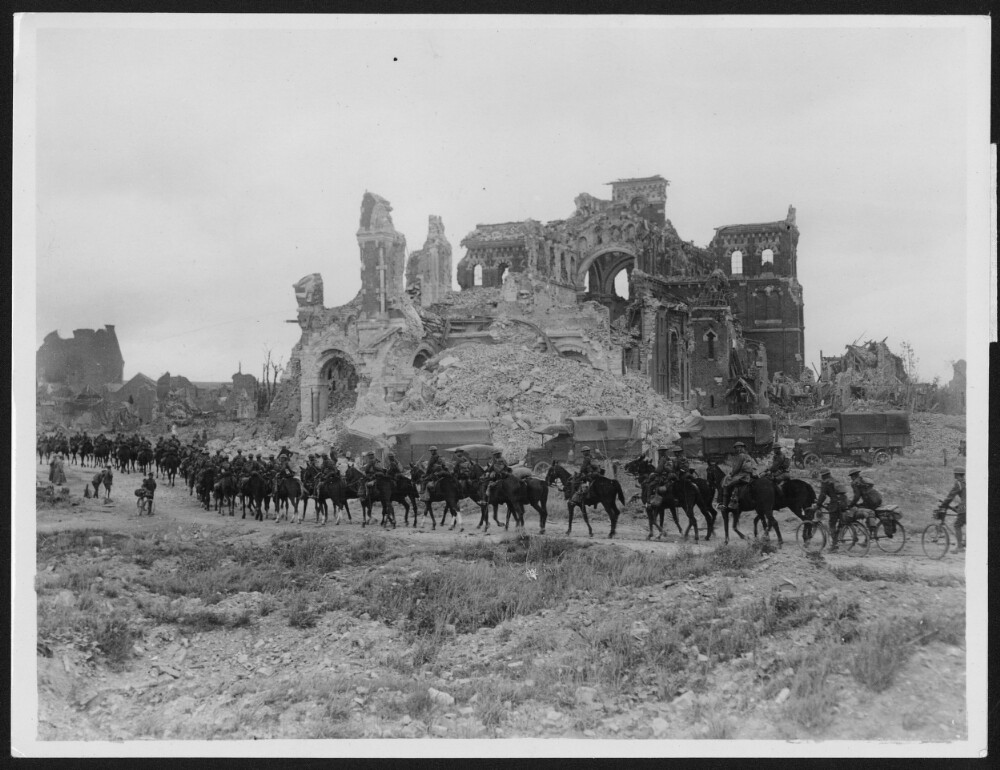
The plaque on the wall has pictures of a horse, pigeon, donkey, mule, canary and a dog, it has the following inscription:
To the innumerable God’s humble animals
Who suffered and perished in the last wars
With love, faith and loyalty they endured and died for us
May all remember them with gratitude and in the future
Commemorate their suffering and death by showing kindness to all living animals

Couin is well worth the visit although it is not on the Circuit of Remembrance.

This route is otherwise known as ‘The Poppy Trail’ is a 40-mile route along the Somme battlefields from Albert to Peronne. Information on the Circuit of Remembrance along with much more in the way of battlefield guide books etc is available from the Somme Tourist Board.
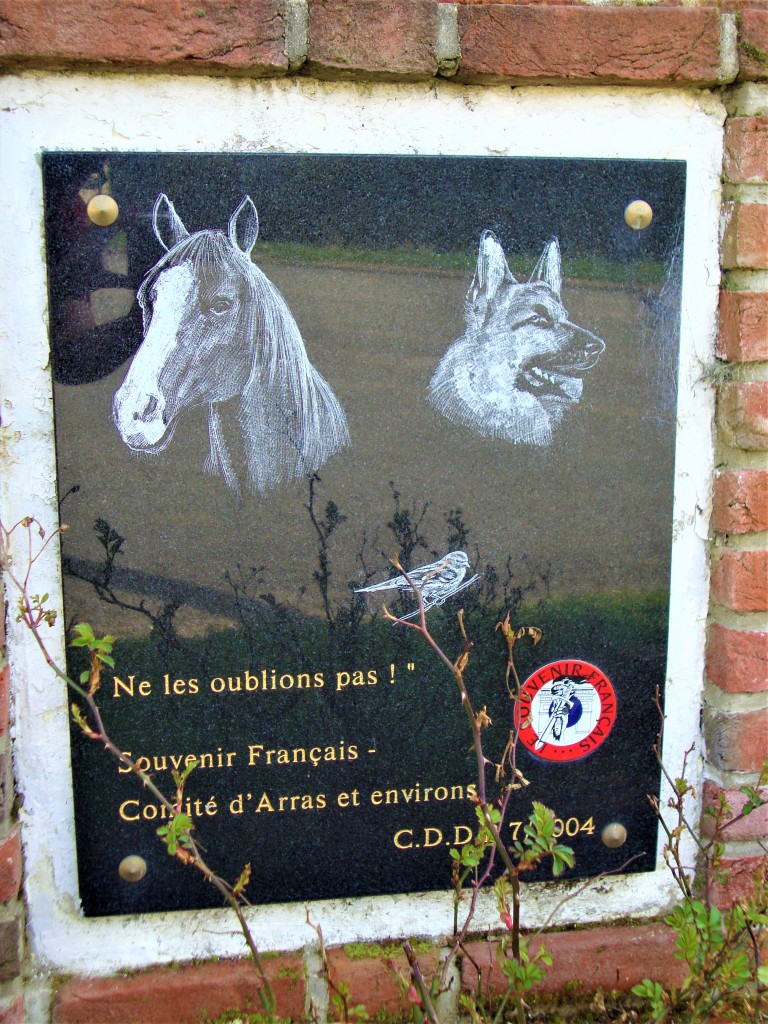
They have an excellent website with information on accommodation and events at www.somme-tourisme.com. A dedicated website for the Somme battlefields is at http://www.visit-somme.com/great-war.
Information on the Historial de la Grand Guerre museum is available at www.historial.org.
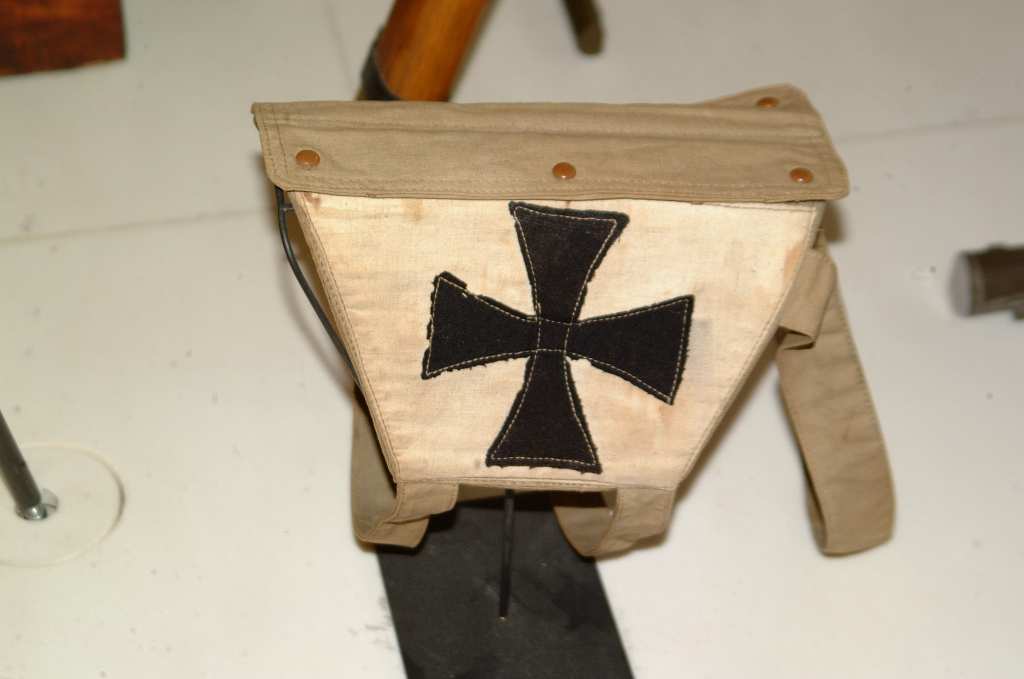
Some animals did have a happy ending, even though it was in Hollywood style. Rin Tin Tin was one of five pups rescued from a bombed out dugout in France by a US corporal. He was the only survivor of the litter and went to the US appearing in Hollywood movies. Rin Tin Tin died in 1932 at the age of 14, returned to his birthplace in France.

The Animals War exhibition was a fitting tribute to the millions of animals who died in the Great War as France pays homage to their sacrifice. You can still see an amazing amount of exhibits on animals. The Historial is one of my favourite museums on the whole Western Front, it is well worth a visit.
The museum has also been accredited with the national “Tourism and Handicap” label for its accessibility to persons with physical, mental or hearing disabilities and it highlights the museum’s commitment to encouraging tourism for disabled persons.
***
If you would like to support my blog,
just click on the link paypal.me
Many thanks, all donations gratefully received, however small. Evelyn
